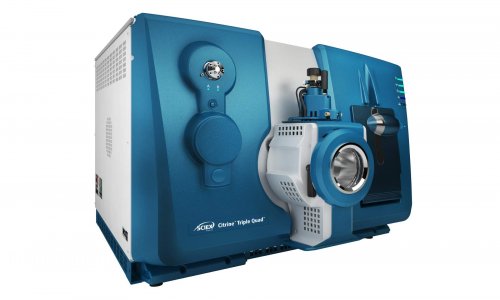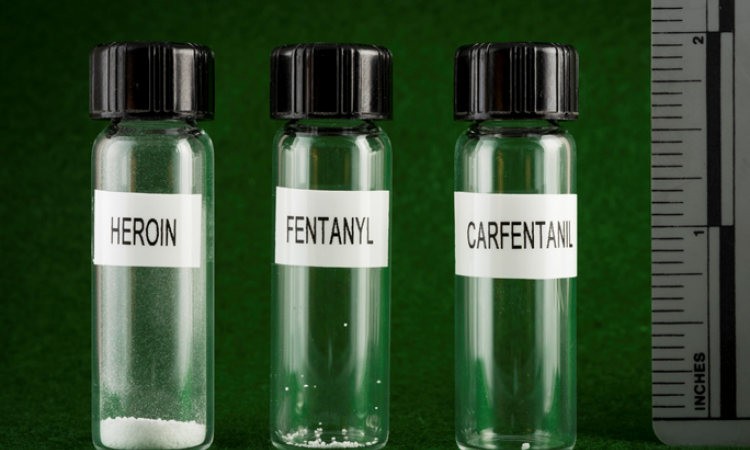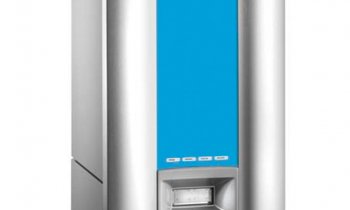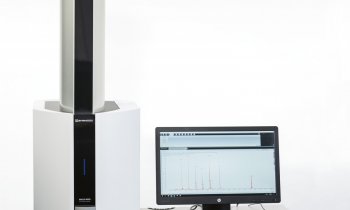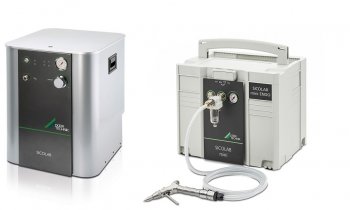News • Clinical diagnostics
SCIEX launches high-performance mass spectrometry technology
The SCIEX Citrine MS/MS medical device provides clinical labs with one solution to tackle today’s difficult assays, and the versatility to address tomorrow’s precision medicine and wellness testing.
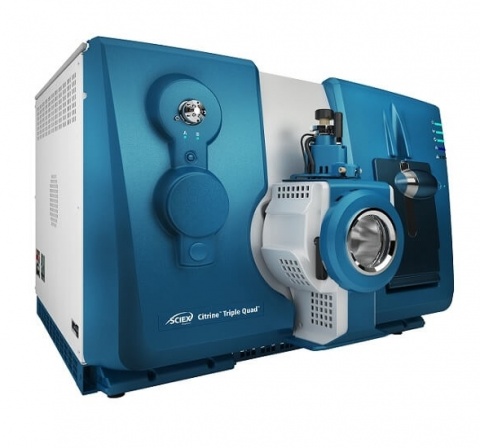
SCIEX Diagnostics, the in vitro diagnostics division of SCIEX, a global leader in mass spectrometry in the life sciences industry, announced the launch of the Citrine Triple Quad MS/MS and Citrine QTRAP MS/MS systems for clinical diagnostics. The Citrine system is designed specifically to meet the unique needs of clinical labs that require maximum sensitivity, the highest throughput, a wide dynamic range, and the ability to employ simplified sample preparation. The unique combination of sensitivity and speed offered by the Citrine MS/MS system makes this the ideal choice for the clinical laboratory, enabling trace level analysis, comprehensive panels, and the measurement of both large and small molecules. Triple quadrupole and QTRAP models of the system are available, each offering ultimate sensitivity to enable the measurement of metabolites and biomarkers at picomole concentrations. In addition, the exclusive QTRAP technology enables unique workflows, providing quantitative and qualitative analysis in a single injection, and allowing the use of highly selective MRM3 quantitation to eliminate interferences.
The speed and sensitivity of the system translate into meaningful advantages for our customers
Aaron Hudson
The system is powered by the familiar AnalystMD software, for intuitive instrument control and data processing. The second generation IonDrive Turbo V ionization source provides robust, reliable performance when analyzing even the most complex biological samples, maximizes uptime, and enables the use of simpler sample preparation strategies. “The Citrine MS/MS system delivers the legendary robustness and reliability of a SCIEX mass spectrometry solution, but also provides clinical laboratories with the necessary performance to address the most challenging clinical applications,” said Dr. Aaron Hudson, Vice President and GM of SCIEX Diagnostics. “The speed and sensitivity of the system translate into meaningful advantages for our customers, who are always trying to do more with less. Not only can clinical labs expand their capabilities by bringing testing in-house and developing their own lab developed tests (LDT), they can also achieve faster run-times, develop highly multiplexed panels to increase laboratory efficiency, and take advantage of simplified sample preparation to reduce costs and labor.”
The system offers electrospray ionization (ESI) and atmospheric chemical ionization (APCI) options, an extended mass range up to m/z 2000, and a wide linear dynamic range, making this a versatile tool for the measurement of a large variety of polar and non-polar biomarkers and metabolites in biological fluids, over a large range of concentrations.
“Reliable quantitative measurement of trace level compounds such as steroidal hormones is extremely difficult. While traditional immunological methods offer high sensitivity, they rely on the selectivity of the antibody used and are prone to misidentification,” said Dr. Rao Maddipatti, Associate Professor and Director, Lipidomics Core Facility, Wayne State University. “Mass spectrometric quantification alleviates such concerns of selectivity. With the ultra-sensitive Citrine MS/MS system, not only can these trace level steroids be measured with confidence, but the analyses can also multiplex over a hundred compoundsin a single experiment, allowing clinicians and patients to benefit from a bird’s eye view of the metabolome.”
Citrine MS/MS follows the 2017 introduction of the Topaz system, a fully integrated LC-MS/MS platform, driven by ClearCore MD Software. The new and intuitive software is designed specifically for use in clinical labs. In addition, the Vitamin D 200M Assay Kit, the first and only FDA cleared (via the de novo pathway) LC-MS based Vitamin D kit was recently released for exclusive use with the Topaz system.
Source: SCIEX
23.01.2018




